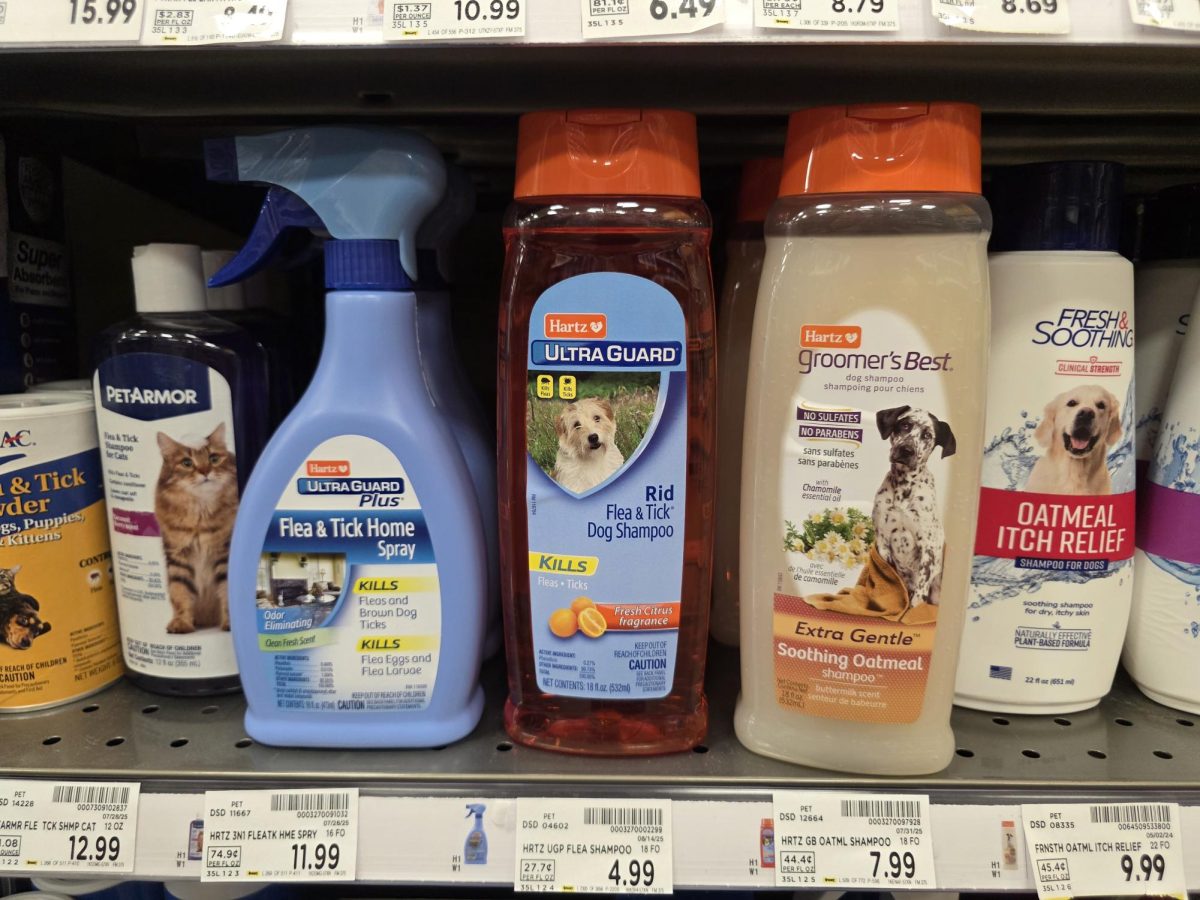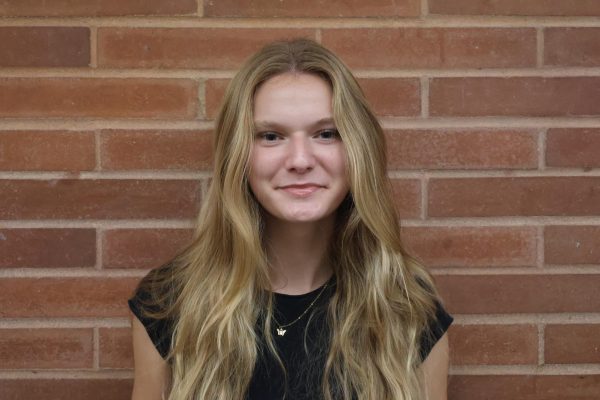American society thrives on independence, making it a very automobile-oriented country. Many people would rather take a car instead of public transportation. However, for many students at Ida B. Wells, public transport is their best option. It provides free rides to and from school, so families and students can easily access school without the need to drive.
According to a survey constructed by Davis Hibbits and Midghall Research in 2014, nearly 67% of Portland Public School (PPS) students take TriMet public buses to and from school regularly, mainly from Benson, Franklin, and McDaniel (formerly Madison) high schools.
This is when safety comes into play.
Starting in 2001, security on public transportation became more prominent; however, with the recent decrease in public bus riders, the funding for transportation — and therefore security measures — has started to slump. As with any public space, security is paramount, especially for minors.
“I’ve ridden TriMet a handful of times in the last two years and it just isn’t safe. There are folks openly doing drugs on the MAX and there are so many safety issues. So now I drive everywhere,” Katie Penna told OPB via FaceBook when asked if she rides TriMet.
Another responder, Bree Belvins, wrote, “My daughter used to use [TriMet] to get to school but was harassed by someone in a mental health crisis. She was yelled at, and he touched her head and shoulders. She has refused to ride the bus again until she has mace [pepper spray].”
Many students carry self-defense tools on them, especially if they take public transportation.
Safety issues can range from physical violence to sexual and verbal harassment. Unfortunately, in most cases, teenagers and people of color are targeted in many situations.
In 2017, three people were stabbed on a Portland MAX train by Jeremy Christian, after he racially targeted two Black teenage women. Christian was sentenced to life in prison. A similar case happened more recently. On Sep. 2, 2023, Adrian Cummins stabbed two Black teenagers after calling them a racial slur on a TriMet MAX rail train in Southeast Portland. He was accused of attempted murder, assault, robbery and bias; however, he was not imprisoned.
Another safety trouble with public transportation is drugs. The TriMet transportation agency found that low levels of fentanyl, methamphetamine and other drugs were found on Portland’s TriMet buses. Even though the levels were low enough not to harm anyone who ingested them, these drugs still pose a threat to safety on public buses.
“It doesn’t reflect a risk to TriMet passengers or employees, but it does reflect that people are handling and using drugs in public places,” said Dr. Robert Hendrickson, a professor of medicine at Oregon Health and Sciences University.
The violence and drug issues led TriMet to begin making strides toward improving the security of their public transportation. Andrew Wilson, the executive director of security and safety at TriMet, has been working to increase the ridership of public vehicles, which has decreased in recent years. According to Wilson, this first means boosting public safety.
“We hear that, from our riders, when they see a TriMet employee, a TriMet security officer, in close proximity to them, their experience is better. So we’re winning back our ridership related to that,” said Wilson. “We are increasing our security presence, … You’ll start to see our safety monitors, which are surveillance cameras showing the inside of the bus …, increased operator protection, and barriers out on our buses.”
On top of this, TriMet has increased funding for their buses. Last year, TriMet’s board of directors approved a $2 million budget, and over $1 million was raised to hire investigators, security personnel and another deputy district attorney. “We’ve now doubled the amount of security officers on the system since 2022 to a total number of 315,” said Wilson.
TriMet is moving in the right direction, which is important for teenagers taking public transportation to school. With PPS schools not providing yellow school bus service for high school students, security and safety are crucial, and hopefully, with increased funding and ridership, it will improve.









